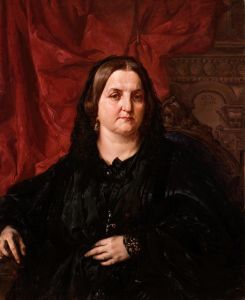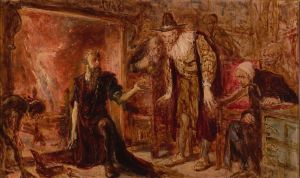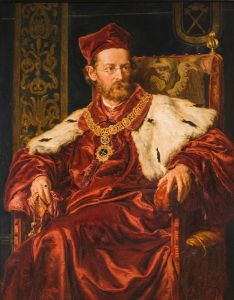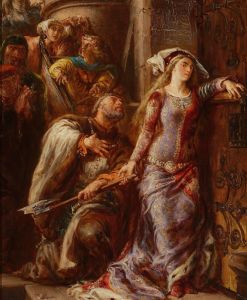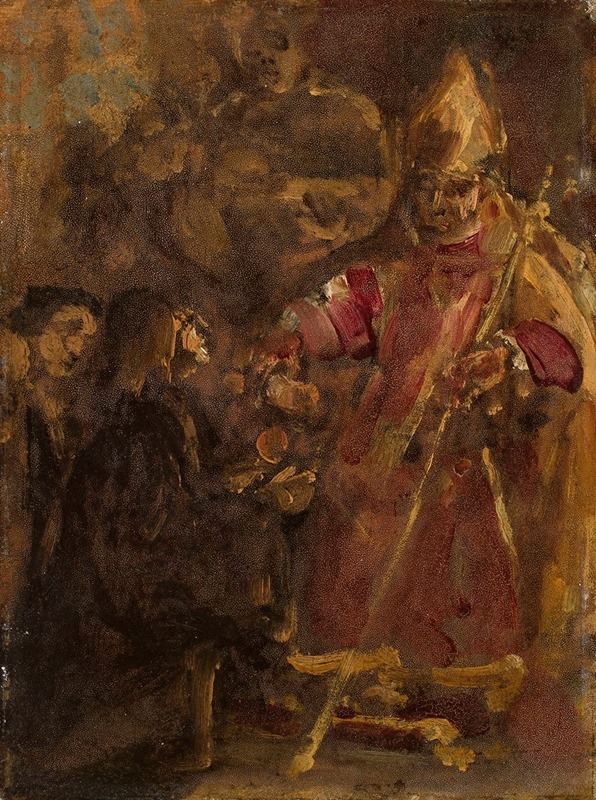
Bishop Lubrański establishes the Ecclesiastical Academy in Poznań, sketch
A hand-painted replica of Jan Matejko’s masterpiece Bishop Lubrański establishes the Ecclesiastical Academy in Poznań, sketch, meticulously crafted by professional artists to capture the true essence of the original. Each piece is created with museum-quality canvas and rare mineral pigments, carefully painted by experienced artists with delicate brushstrokes and rich, layered colors to perfectly recreate the texture of the original artwork. Unlike machine-printed reproductions, this hand-painted version brings the painting to life, infused with the artist’s emotions and skill in every stroke. Whether for personal collection or home decoration, it instantly elevates the artistic atmosphere of any space.
Jan Matejko's sketch Bishop Lubrański establishes the Ecclesiastical Academy in Poznań depicts a historical moment tied to the establishment of the Lubrański Academy (Akademia Lubrańskiego) in Poznań, Poland. The artwork reflects Matejko's dedication to illustrating key events and figures in Polish history. The Lubrański Academy, founded in 1518 by Bishop Jan Lubrański, was an important educational institution in Poland during the Renaissance period. It served as a center for higher learning and played a significant role in the intellectual and cultural development of the region.
The academy was not a university in the formal sense, as it did not have the right to confer academic degrees, but it offered advanced education in the liberal arts, philosophy, and theology. It was modeled after similar institutions in Europe and aimed to provide a high standard of education to clergy and laypeople alike. The establishment of the academy was part of a broader movement in Poland to promote humanist education and align with the intellectual currents of the Renaissance.
Jan Matejko, one of Poland's most renowned painters, is known for his historical works that often emphasize pivotal moments in Polish history. While this particular piece is a sketch rather than a finished painting, it demonstrates Matejko's characteristic attention to historical detail and his ability to capture the essence of significant events. The sketch likely portrays Bishop Lubrański in a central role, symbolizing his leadership and vision in founding the academy.
The Lubrański Academy operated until the early 19th century, when it was eventually merged with other educational institutions. Its legacy, however, remains significant in the history of Polish education and culture. Matejko's work serves as a visual reminder of the contributions of figures like Bishop Lubrański to Poland's intellectual heritage.
This sketch is part of Matejko's broader body of work, which often sought to inspire national pride and preserve the memory of Poland's historical achievements. While the sketch itself may not provide exhaustive details about the event, it reflects Matejko's commitment to celebrating Poland's cultural and historical milestones.









